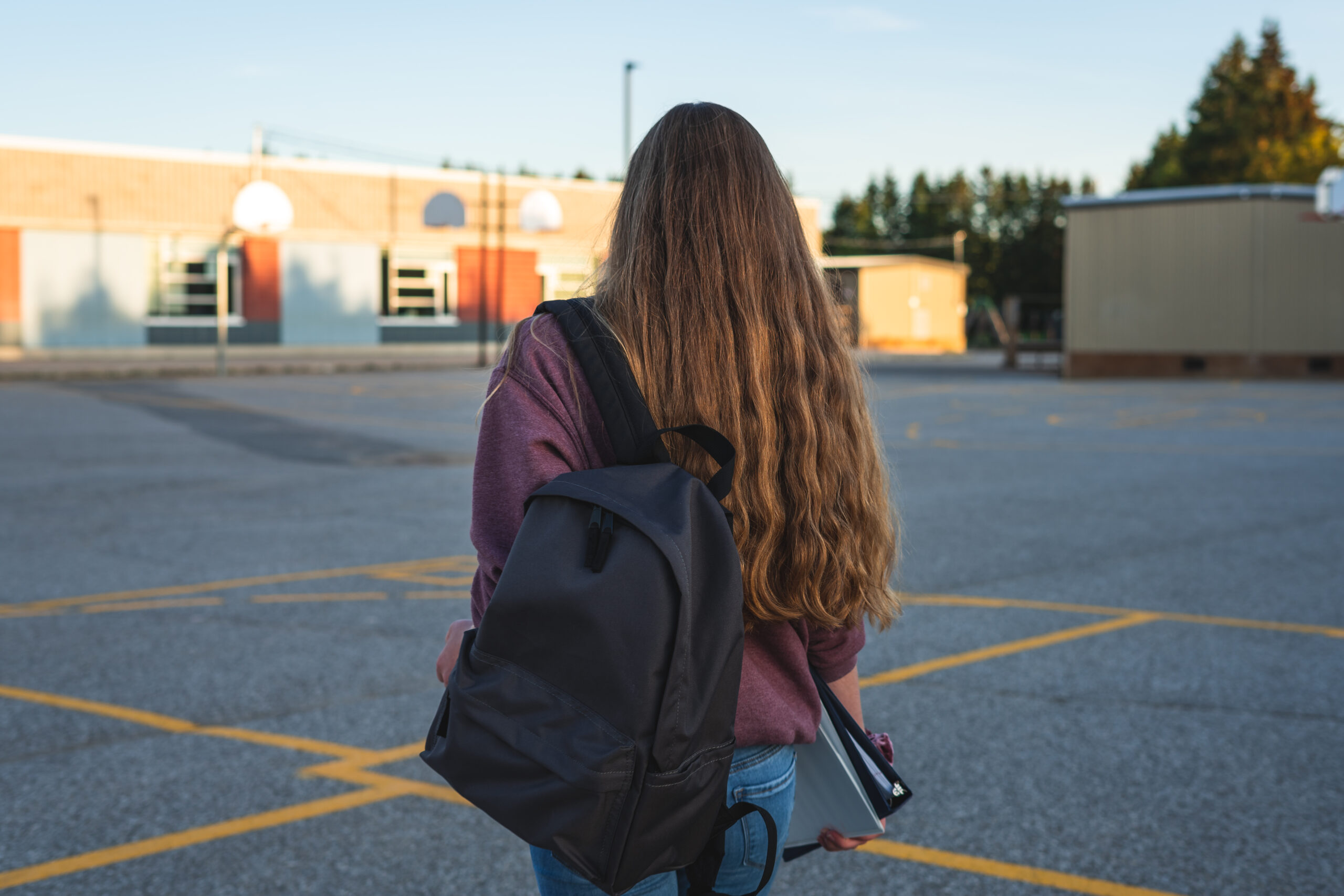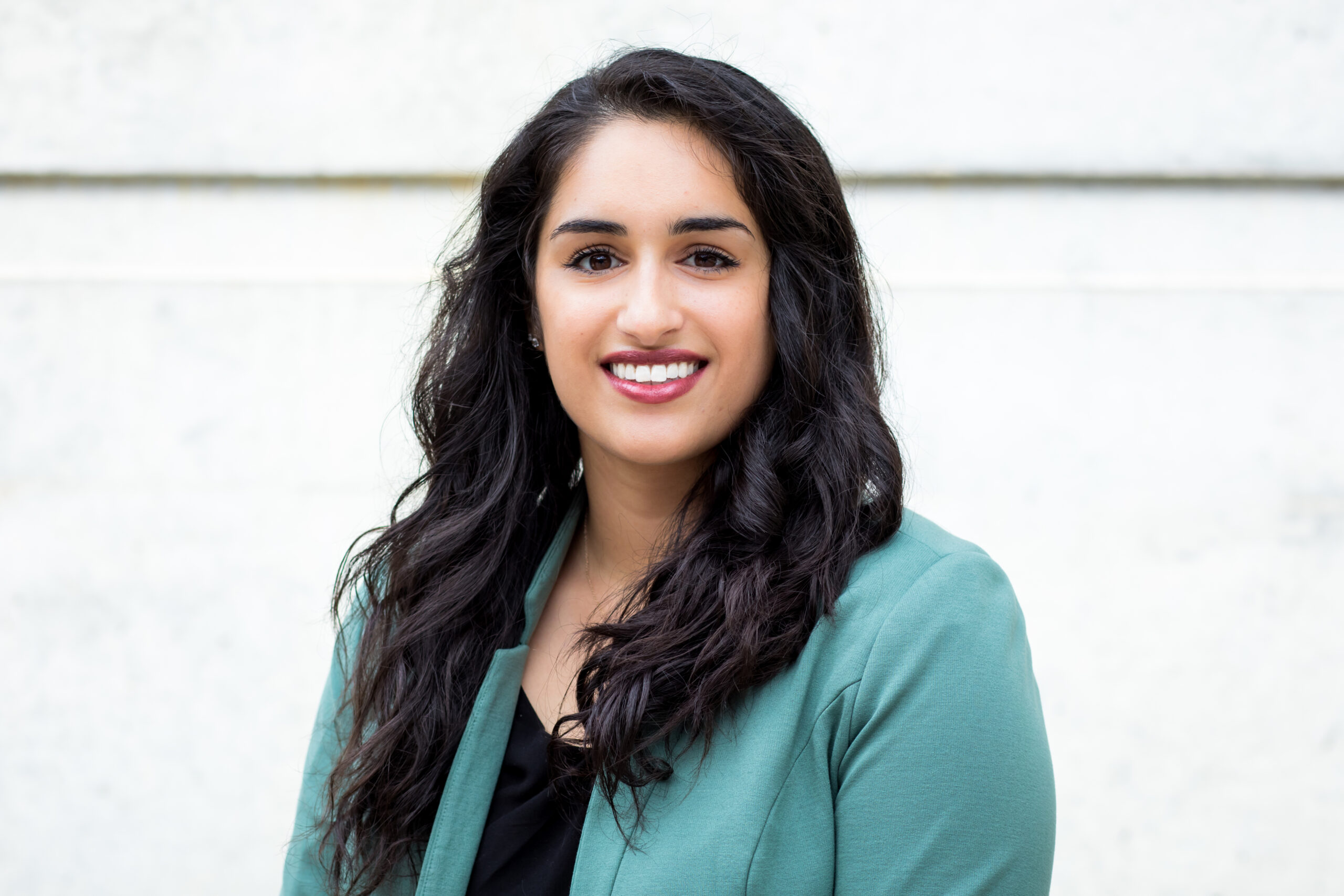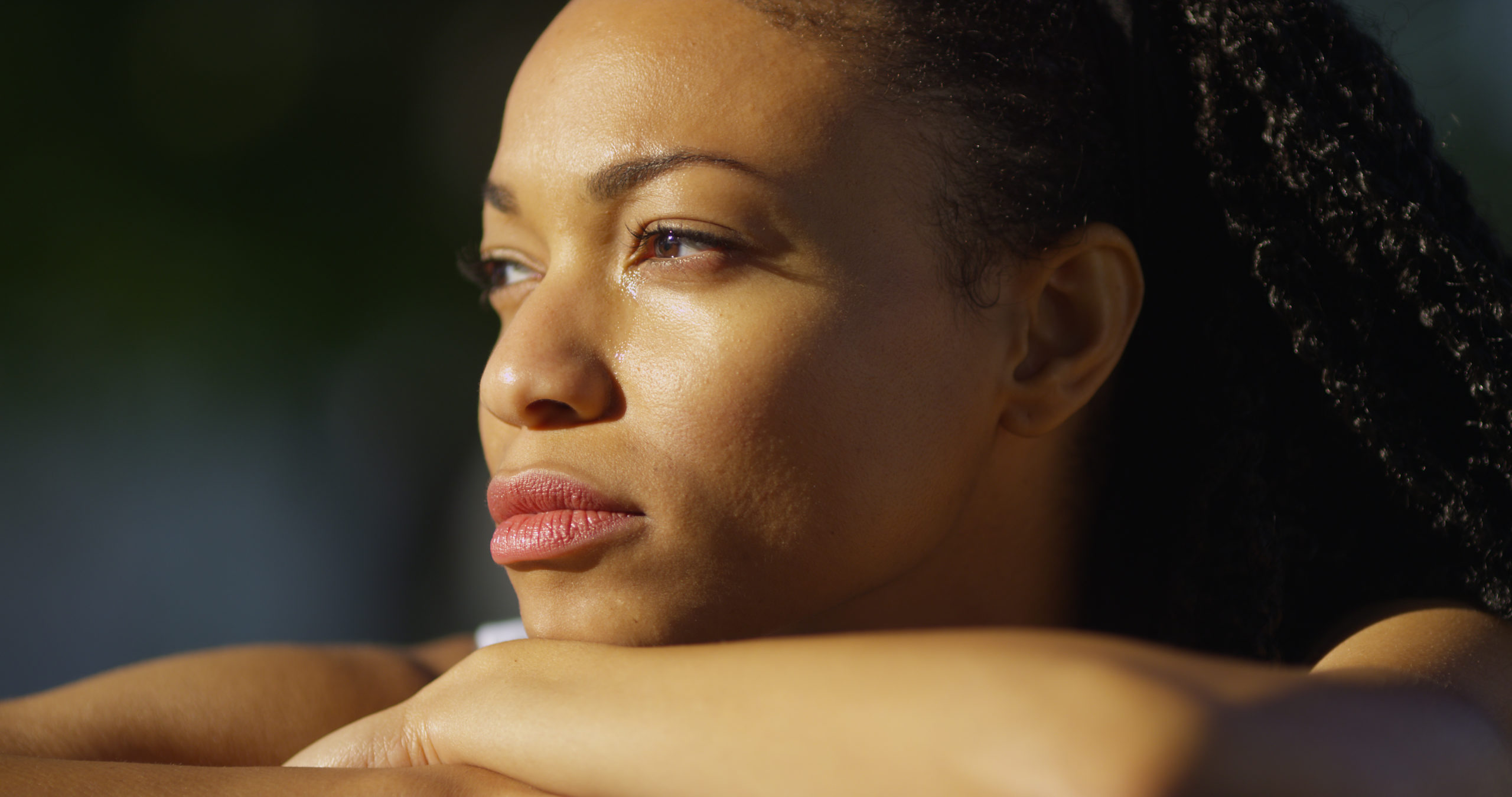Abortion rights, women of color, and LGBTQI+ people are under attack. Pledge to join us in fighting for gender justice.
The Silent Suffering of Girls During the Pandemic

Long before the COVID-19 pandemic, our research team has known that adolescent girls are far from “okay.”
But now, we have new, incontrovertible data that proves it. And we hope that it will finally push lawmakers to make transformative change.
Analyzing recent data from the Centers for Disease Control and Prevention (CDC), on April 26, 2023, we released a brief showcasing how the trauma-infused COVID-19 pandemic resulted in girls facing educational, behavioral, and mental health crises.
But what really differentiates this report from other research—and what we hope makes it more impactful—is that instead of focusing on surface-level symptoms, we interrogate the root causes of injustice:
The sexism, racism, and anti-LGBTQ+ bias which have always inflicted immense emotional, physical, and mental pain on girls—and which the global pandemic has only made so much worse.
Here’s some of what our report found:
1. Due to sexist expectations, girls typically take on a disproportionate share of caregiving and household work.
Our anaylsis shows that this pressure has been even greater during the pandemic, causing girls’ education, social activities, and mental health to suffer as a result.
Take the case of 15-year-old Azariah, as reported by The New York Times. During the heart of COVID-19, Azariah woke up every day at 7 a.m. to make her 70-year-old grandmother and 2-year-old niece breakfast, before going to virtual school, then to her job at a grocery store, only to have to come home to more work of cooking (and cleaning up from) dinner.
Recounting her experience, Azariah shared: “I remember one night, I was making dinner and I was having a panic attack. I was crying, I felt like I couldn’t breathe, and my heart was racing.”
2. Hate crimes and discrimination against Asian Americans rose during the pandemic in part due to outright racist terms (“Kung flu,” “Chinese Virus”) used for the COVID-19 virus.
One almost fatal example from January 2023 is when a white woman stabbed a student of Asian descent on a bus near Indiana University.
Her false, horrific, and racist “reasoning?”
In her words, “It would be one less person to blow up our country.”
3. A concerning share of girls, particularly girls of color and lesbian and bisexual girls, experienced abuse during the pandemic.
Sadly, this comes as no surprise; because even before this isolating, exacerbating crisis, when queer teen Ella Dawson came out as bisexual, this is how her classmates responded:
“Are you sure?” one of them asked me, before trotting out a harmful, bigoted judgment: “That’s just what sluts say for attention.”
With nuance and complexity—and a special focus on girls that face discrimination from additional parts of their identity—this new report tells the full story of girls’ silent suffering during the pandemic. And in laying out the complete problem, we make the case for a multitude of policy solutions.
While relief efforts like the American Rescue Plan helped stabilize some families during the pandemic, we need the government to extend those programs—and to create entirely new and improved ones. We are calling on lawmakers to pass legislation that will create supportive and affirming learning environments for all students, and to ensure that girls and their families are healthy and safe.
As researchers, it is always our hope that our work doesn’t just say—but screams—the quiet truth, or in this case the silent suffering, out loud. Becoming something that advocates and women and families can point to and say:
See, we need transformative change.
And for the sake of millions of girls who remain in constant mental and physical pain, we need it right now.
Read our full brief to learn more.
The authors would like to thank Gemma Simoes De Carvalho and Kirstin Brockenborough for their contributions to and review of this blog post.







